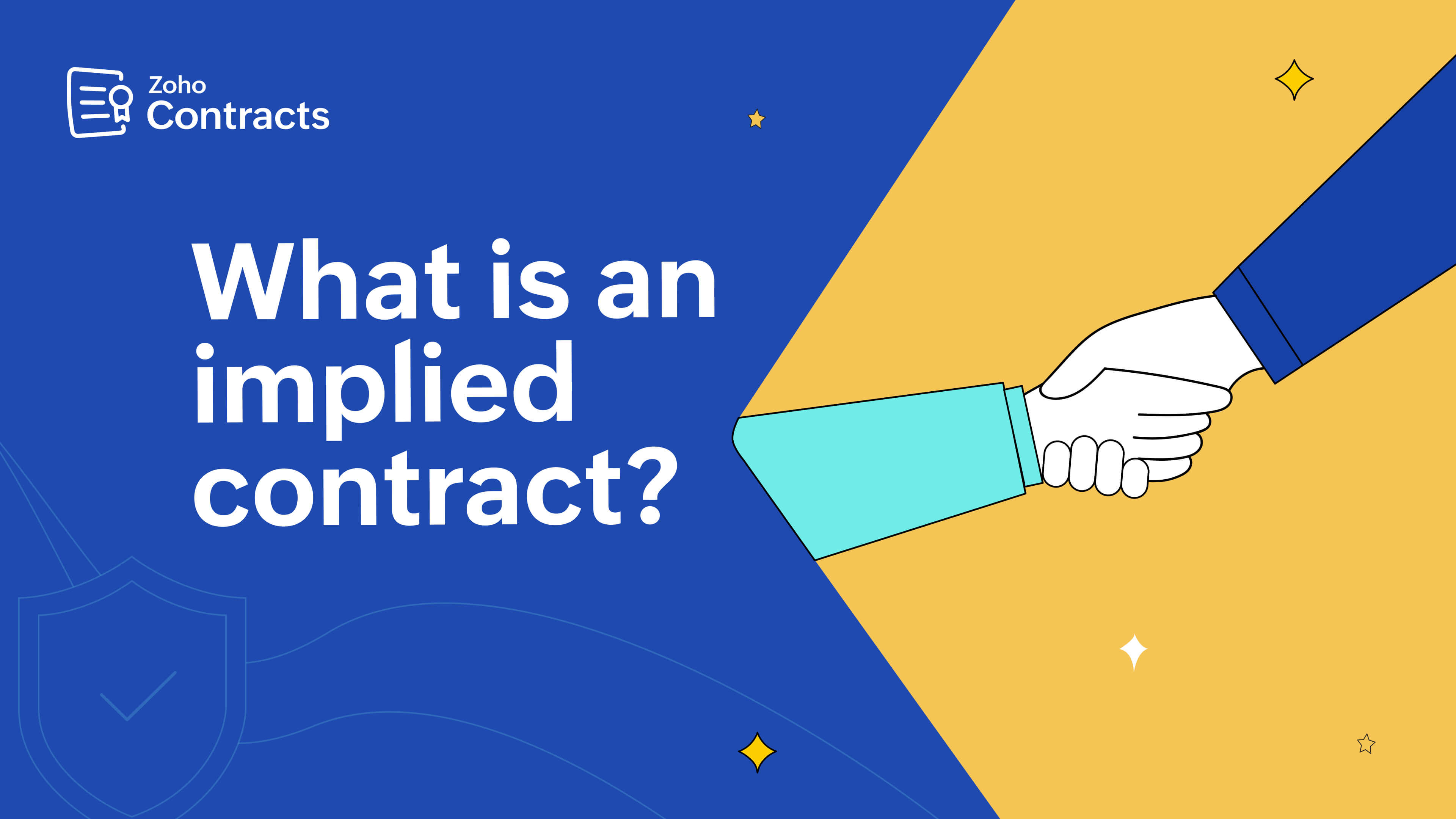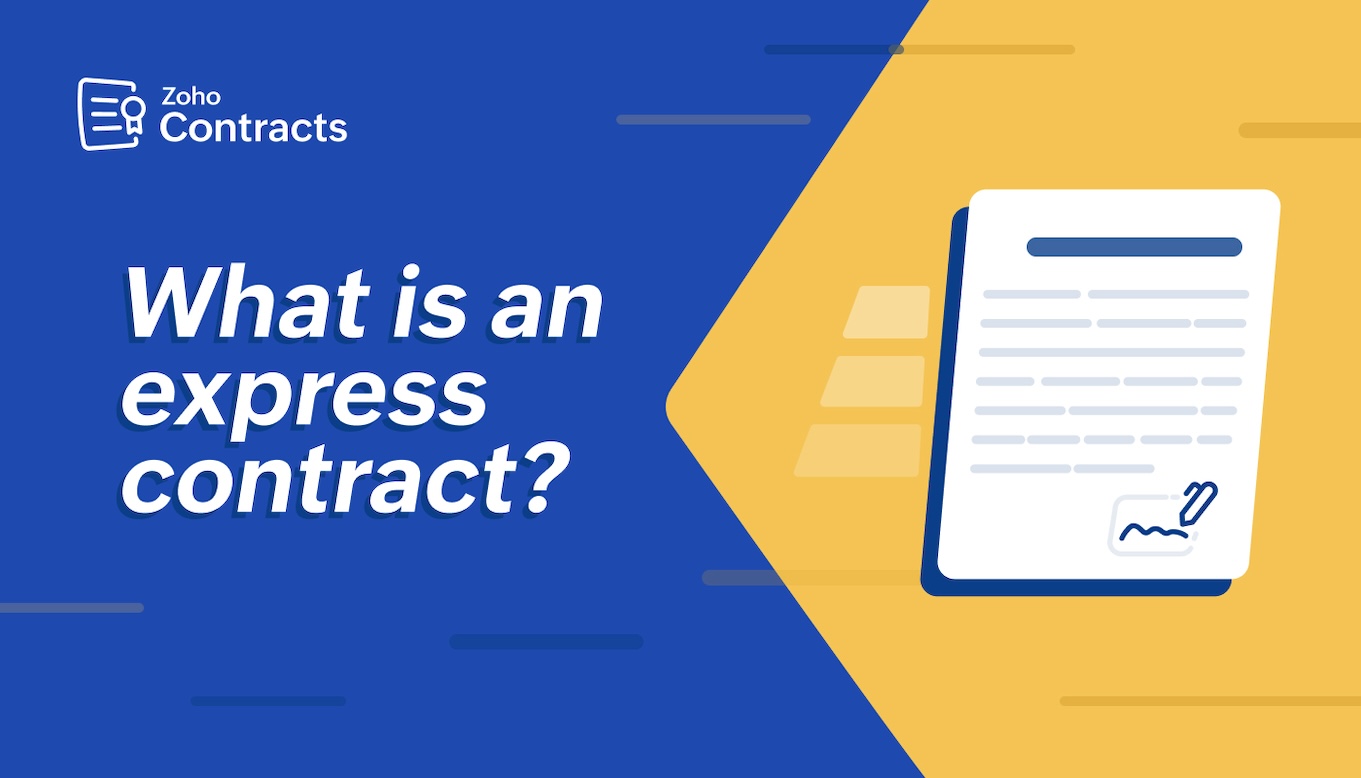- HOME
- Contract Management
- The types of contracts in procurement: Everything you need to know
The types of contracts in procurement: Everything you need to know
- Last Updated : November 9, 2023
- 2.9K Views
- 5 Min Read

What is a procurement contract?
Procurement contracts are legally binding agreements between a buyer and a seller that governs the purchase of goods or services. This contract specifies the purchase terms and establishes a legal framework to minimize risks and prevent disputes. Once both parties sign the contract, the supplier is responsible for meeting terms related to quantities, quality, and delivery, while the buyer acknowledges receipt and processes payment.
Why choosing the right type of procurement contract is important
Procurement contracts vary widely based on the nature of the procurement, industry standards, and legal requirements. Understanding these nuances is crucial for project managers and procurement professionals because selecting the wrong contract type can result in long-term costs and significant risks.
What are the types of contracts in procurement?
Fixed price contract
Definition: A fixed price contract is a straightforward agreement where buyers and sellers agree upon a fixed price for supplies, products, or services. It is also known as a lump sum contract.
Key factor: This contract type is ideal when the project's scope of work and requirements are well-defined.
Benefits:
For buyers | For sellers |
Low buyer risk: In a fixed price contract, any increase in price or additional costs are borne by sellers. This reduces the financial risk for buyers. | Minimum order assurance: Sellers benefit from a minimum order commitment from buyers. |
Cost control: Fixed price contracts are perfect for controlling expenses because costs cannot change once they are agreed upon. Cost certainty also helps with project planning and budgeting.
Notes:
As sellers bear the additional costs or unforeseen risks, they usually include a buffer in the initial cost of the project. This could sometimes result in higher costs for the buyer. It helps to keep this buffer in mind during your negotiations.
In competitive bidding situations, sellers may submit low bids to win deals, but this strategy comes with risks. When sellers face economic challenges or rising material costs during the project, they may resort to cost-cutting measures or compromise on quality to mitigate potential financial losses. Hence, buyers should assess seller stability and quality of their past projects and not arrive at the final decision with the bid value as the only criteria.
Example: You hire a construction company to build a house. You agree on a fixed price of $300,000 for the entire project, including design and construction.
Sub-contract types of fixed price contract
Fixed price contract
|
Firm fixed price (FFP) | This contract type combines a fixed price and a set time frame. The seller is obligated to complete the job at an agreed price and within a set timeframe without any changes in cost. |
Fixed price incentive fee (FPIF) | This contract type is similar to an FFP contract but with a bonus if the seller performs exceptionally well. For example, in time-critical projects, early completion with the necessary quality standards will be rewarded with an incentive. | |
Fixed price with economic price adjustment (FPEPA) | This contract type is commonly used for long-term projects to protect the seller from inflation. If inflation occurs after signing an FPEPA contract, the supplier can adjust prices to maintain their margins, often based on the Consumer Price Index (CPI). |
Cost reimbursable contract
Definition: A cost reimbursable contract is an agreement where buyers agree to reimburse sellers for the costs incurred in a project alongside a negotiated fee as a profit for the sellers. This contract type is also known as a cost-dispersible or cost-reimbursement contract.
Key factor: Cost reimbursable contracts are well-suited for projects where the scope of work is uncertain or expected to evolve during the project.
Benefits:
For buyers | For sellers |
Flexibility: Offers flexibility in fee structure based on project objectives and execution. | Cost coverage: Ensures that sellers are reimbursed for capital invested in delivering services. Profit potential: Gives the sellers a promised profit as the fee structure is cost + fixed fee/variable incentive. |
Example: A software development project where the scope evolves.
Sub-contract types of a cost reimbursable contract
Cost reimbursable contract |
Cost plus fixed fee (CPFF)
| In a CPFF contract, the buyer pays the seller for all incurred costs and an additional fixed fee. In risky projects such as complex research involving hazardous material, this fixed fee will be high. Hence, sellers would opt for this type of contract. |
Cost plus incentive fee (CPIF)
| Similar to CPFF, but with an extra incentive for the seller when specific performance goals in the contract are met. For example, if the project is finished under budget, the seller receives a percentage of the savings. In the CPIF model, the buyer and seller share expenses if the project is unsuccessful. | |
Cost plus percentage of cost (CPPC)
| In the CPPC contract, the buyer reimburses all of the seller's expenses and pays the seller a fixed percentage of those costs as profit. Buyers should clearly define the expected spending and closely monitor the expenses during the actual project execution. |
Time and material contract
Definition: A time and material (T&M) contract is commonly used when sellers provide labor and materials. The contract outlines the desired experience and qualifications, and sellers propose hourly rates for their bids. The buyer pays for labor (at daily or hourly rates), the materials invested in the project completion, and a markup for profit.
Benefits:
Risk sharing: T&M contracts distribute project risk evenly between the buyer and seller, promoting a collaborative approach.
Resource flexibility: Allows adjustments to labor demands as required.
Transparent costs: Payment for actual time and materials ensures transparency in expenses.
Notes: Negotiating a time and material contract is crucial because it establishes clear terms and expectations, preventing misunderstandings and cost overruns. Generally, this type of contract includes a maximum price for the project, commonly called a “not-to-exceed” clause.
Example: This contract type is prevalent in industries like construction, where sellers provide labor and materials. Buyers cover material costs and pay a daily or hourly rate for the staff involved in the project.
Wrapping up
Selecting the right procurement contract is vital, but it's one of the multiple aspects of the procurement process. For all purchase agreements in place, contract managers closely monitor contract performance and the supplier's adherence to contractual obligations. They are also required to promptly address any changes or amendments during the contract's duration.
To efficiently manage and monitor a large volume of procurement contracts, organizations often include digital contract lifecycle management (CLM) systems in their tech stack. The CLM tool plays a key role in automating and simplifying the procurement contract management process, ensuring smooth and seamless operations.
 Heleena
HeleenaHeleena is a writer based in Chennai, India.


